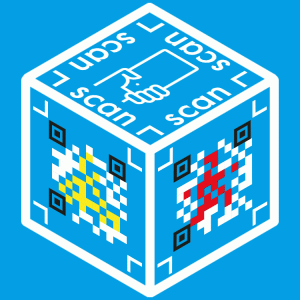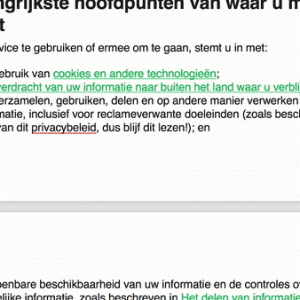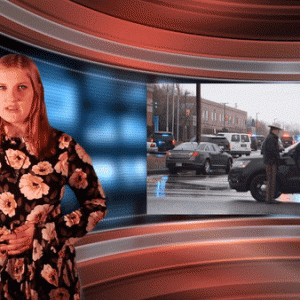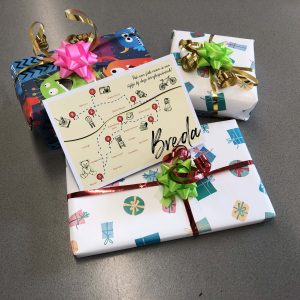Project 2: Identity Design
ABN-AMRO the bank you can trust on
The starting point for this project is collaboration with fellow students. Each team gets an organization or company with which you have to work. Identity and image are also central. I have been put in a team with three other fellow students, Dilay, Chimène & Tamara. The company that was appointed was CIRCL, which is part of ABN-AMRO. The given question from CIRCL is: Can you - as a design studio - investigate and change our image?


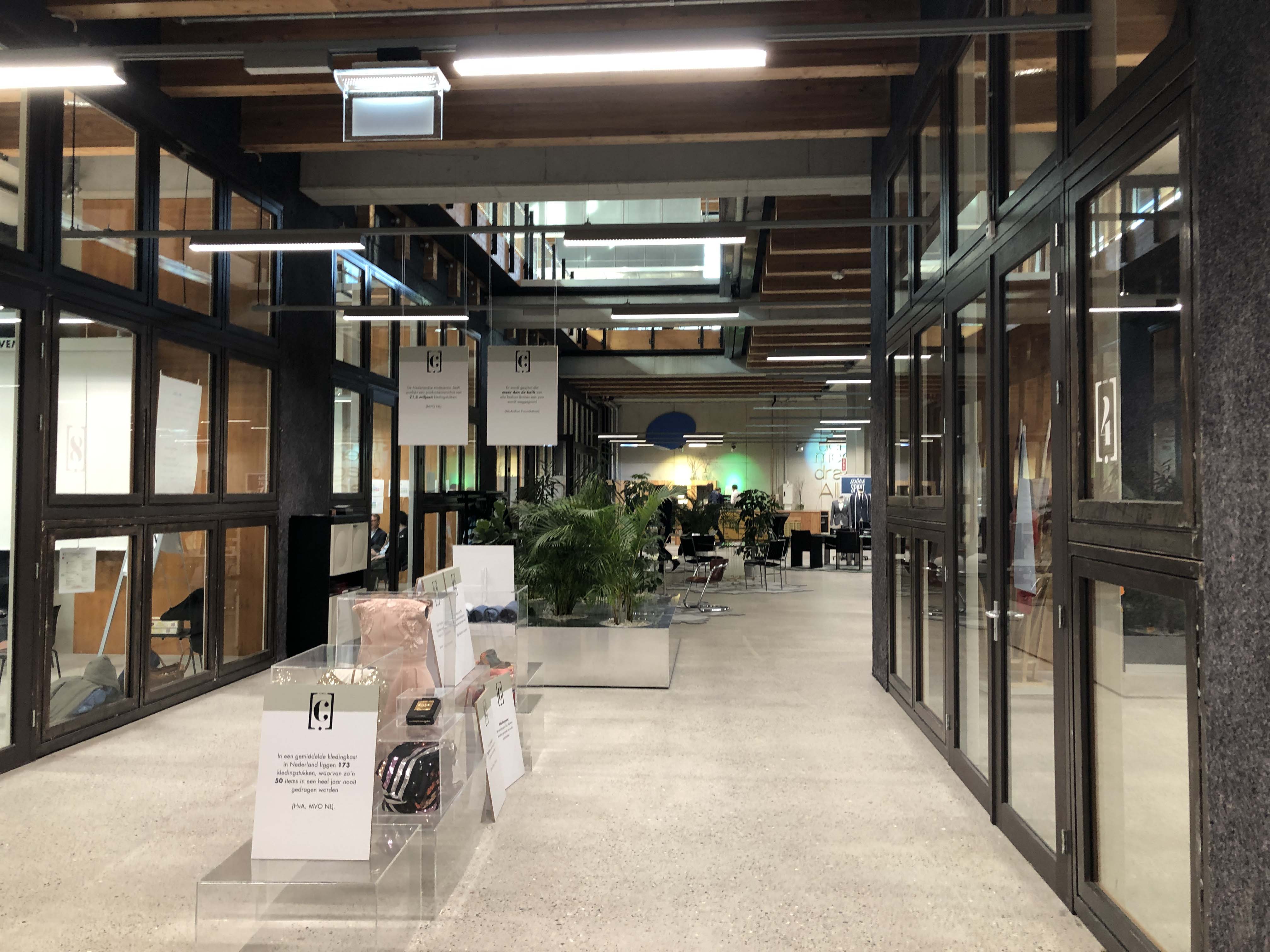

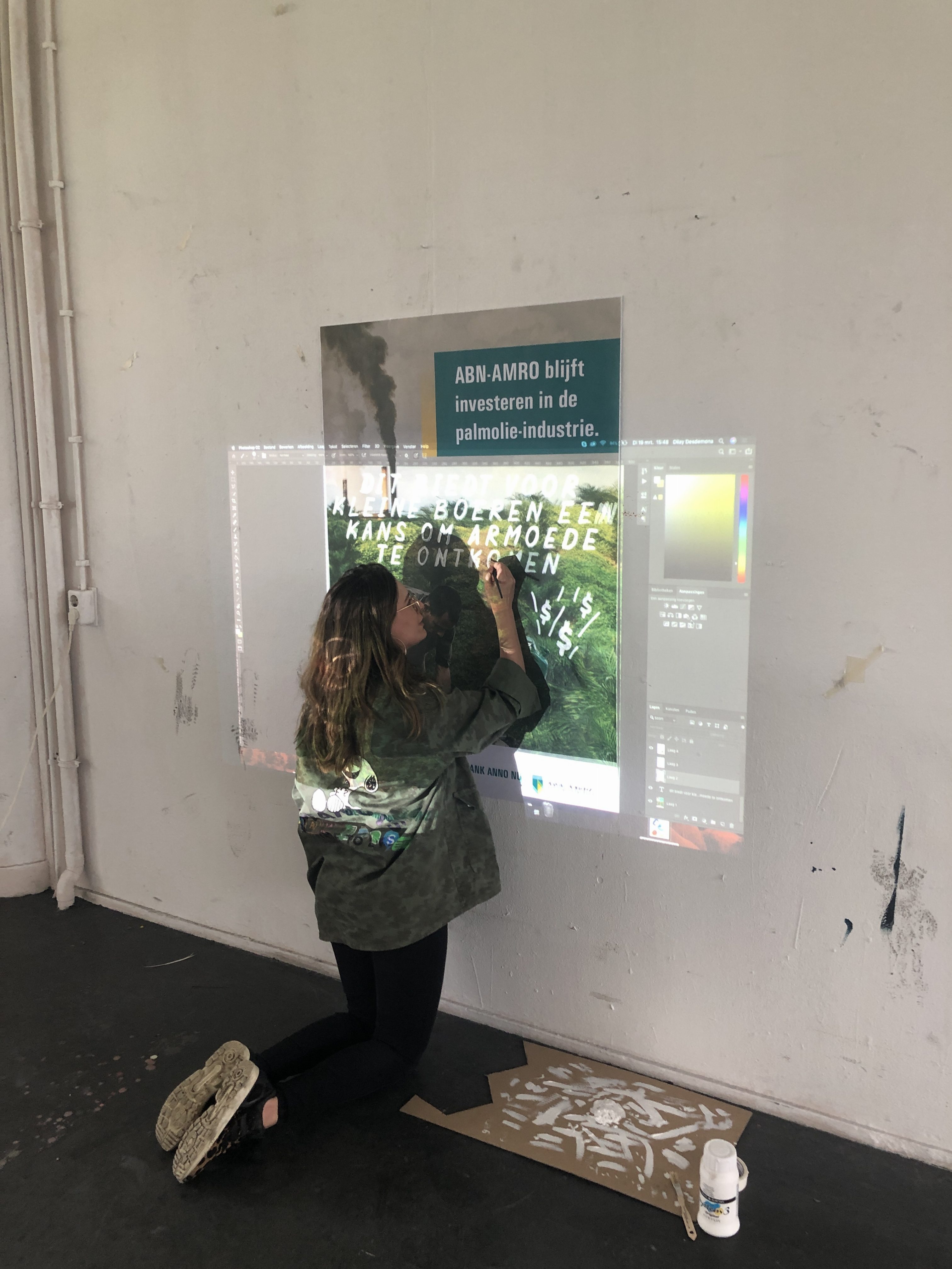
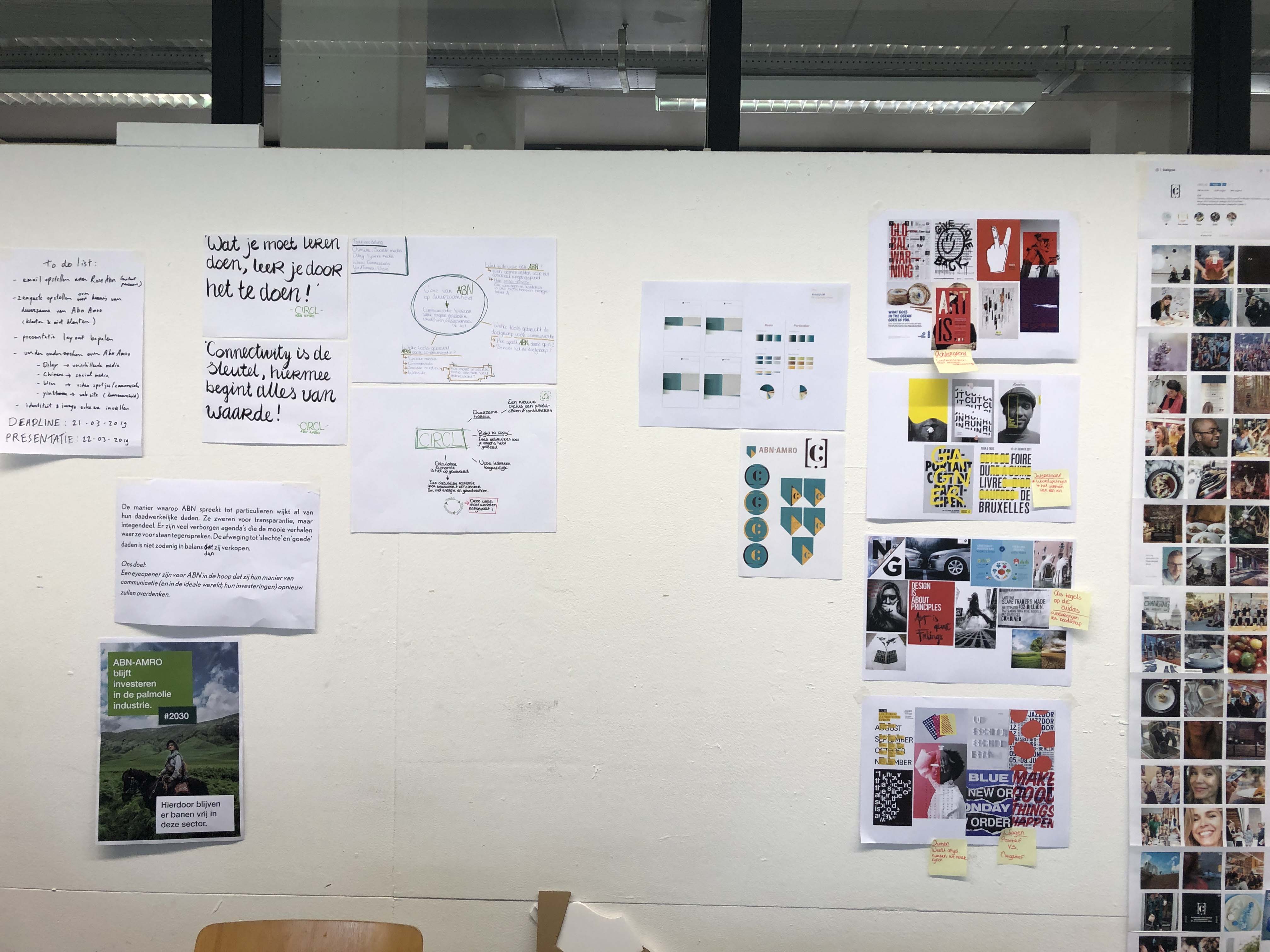
How is the process going?
Immediately in the first week the intention was to visit the company. Before that, our team did some research on ABN-AMRO and their pavilion CIRCL. CIRCL is a circular platform on the Amsterdam Zuidas part of ABN-AMRO. At CIRCL, circular economy is their driving force. CIRCL is also a restaurant and business space. CIRCL is also made up of 'circular' parts, reusing jeans as walls & frames from old buildings. My first thoughts about CIRCL were: Why should a bank concern itself with sustainability and the environment? We also drew up questions that we wanted answers to. Questions like:
- - Who are the initiatibuyers of CIRCL's project and concept? Did ABN-AMRO start with the idea of creating a sustainable pavilion or was it an outside idea?
- - CIRCL is also called ABN-AMRO's showpiece, yet there is relatively little about it on the ABN-AMRO website. We as ABN clients had never heard of it. Has there been a deliberate choice for inferior communication from ABN or is this an unconscious choice?
- - What is the most important message that ABN-AMRO wants to convey to the public with the catering establishment CIRCL?
- - What is the chosen target group for CIRCL at the time of writing the concept, was this also realised after implementation? (Reference to 'a place for everyone')
- - Was the place for CIRCL always planned on the Zuidas? Because of the message you are spreading that it is accessible to everyone, is this the ideal location?
- - Based on the concept, what is the chosen style/tone-of-voice/branding for CIRCL? (Reference to trend sensitivity, creative but also very static)
- - What's the idea behind the name CIRCL? ('You don't need the E to pronounce the name, an important principle of circularity is that what you don't need can be omitted').
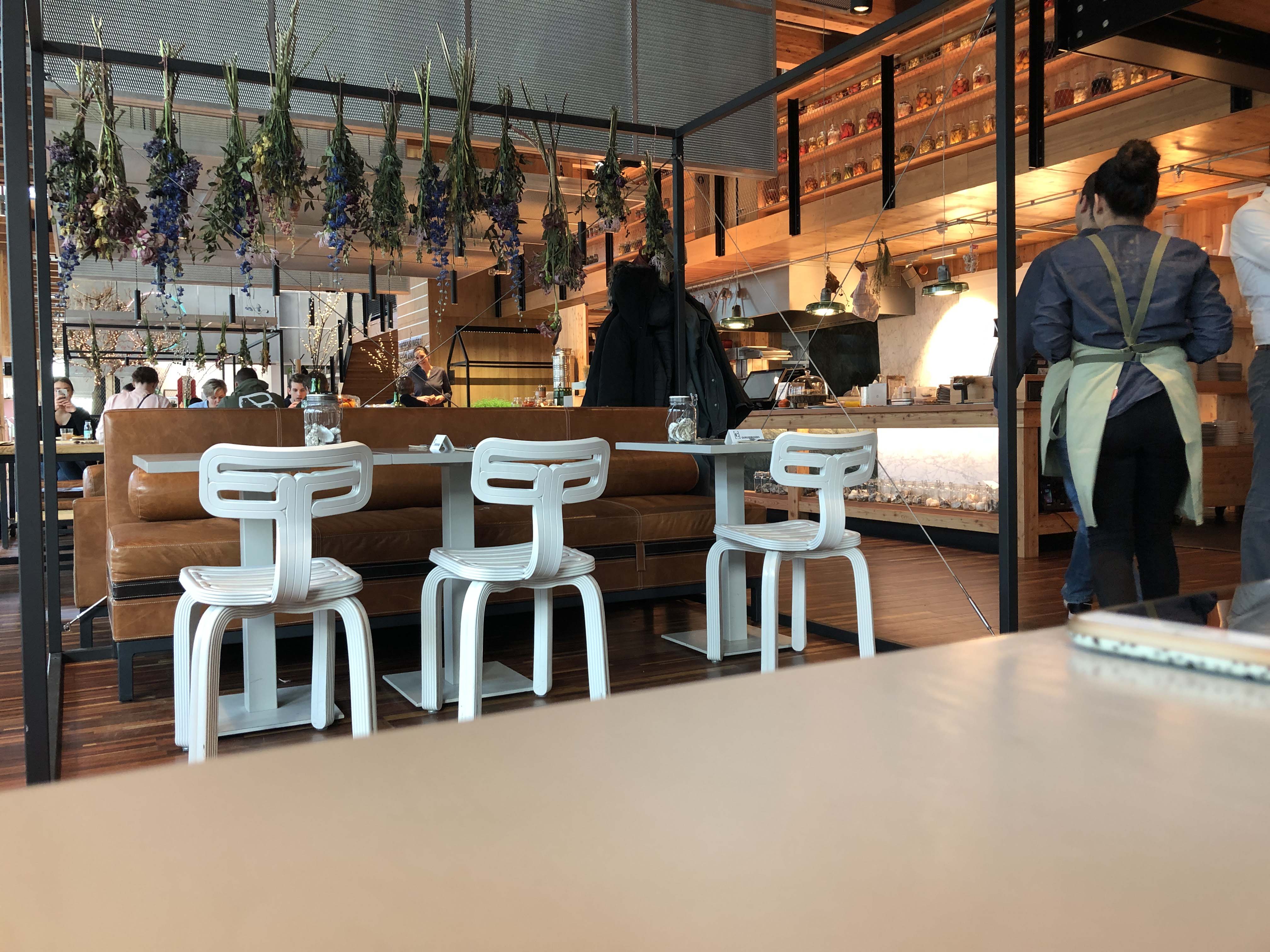
How's the investigation going?
For the research we looked at different sources. In the honest money guide, on the website of ABN-AMRO itself, CIRCL and other online articles about ABN-AMRO. In the fair money guide ABN-AMRO scores 3 on climate change. This is very low compared to other banks. While ABN-AMRO has a very sustainable pavilion.
Also at CIRCL itself, the connection between ABN-AMRO and CIRCL is barely visible. I myself as a client at ABN have never heard of CIRCL. Also on the website of ABN-AMRO they promote a lot about sustainable investing, sustainable living & sustainability in general. But in one of their newsletters they mention that they will not stop investing in fossil fuels. That was strange to me and my team. But after more research it turns out that there is a reason.
Conclusion on the research
The problem is the combination of their desired transparency towards customers and the hidden investments in fossil fuels and palm oil.
The fossil fuels ABN-AMRO invests in are mainly palm oil companies. If ABN-AMRO stops investing, jobs will disappear in this sector. Most of the palm oil in the Netherlands is already sustainable. But they are not transparent enough about this. As a result, they come across badly in the media such as Twitter, YouTube, online articles and more. But there is also a positive side to every 'negative' investment.
Implementation
The concept is to use the 'hidden agenda' as a force. Investments in palm oil are viewed so negatively that people's opinions are quickly steered. The idea is to get the positive out of the negative. Then the idea was to put a poster through Amsterdam that could be covered by a second one with the 'other side'.
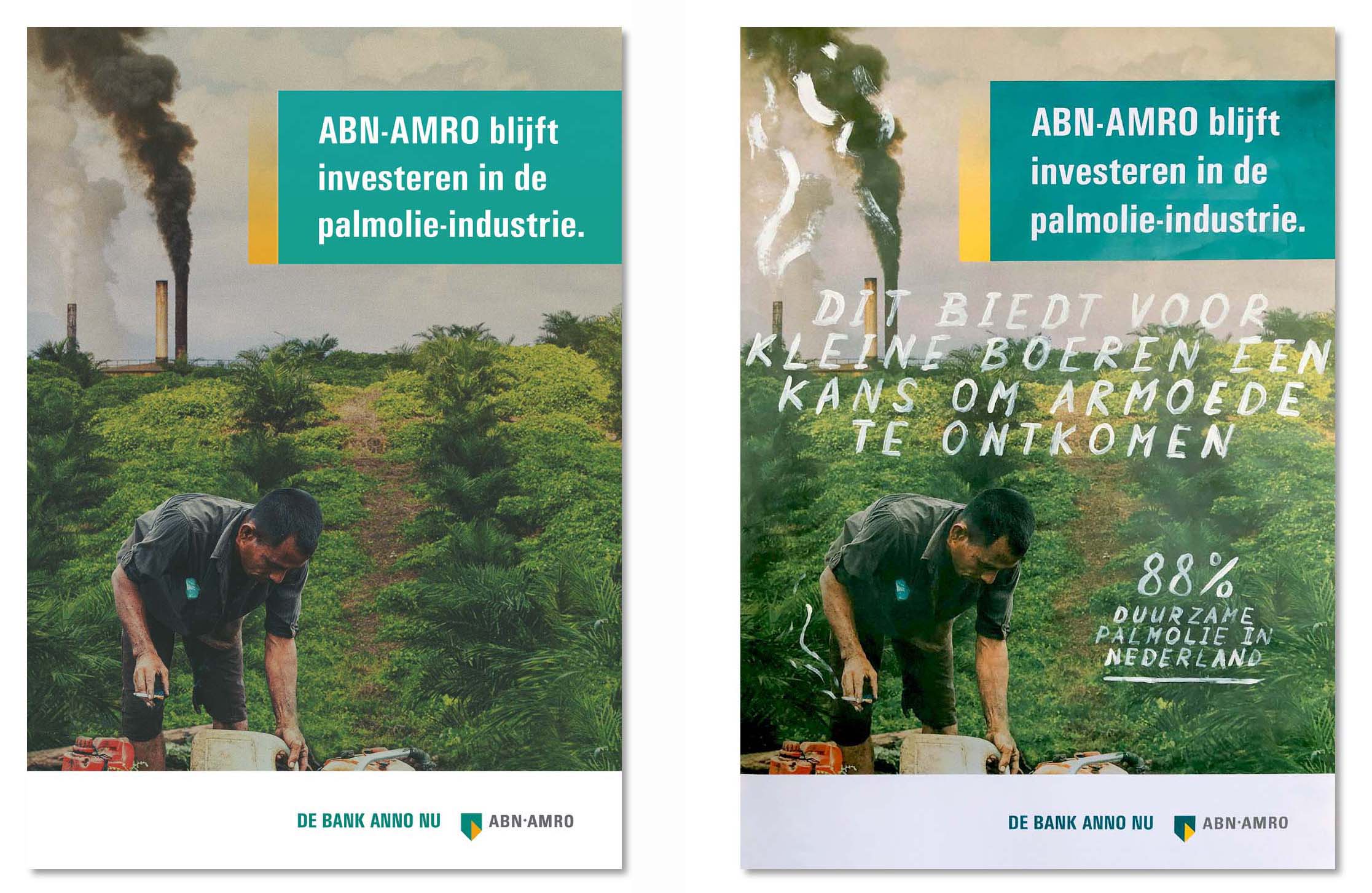
Evaluation & reflection
The first feedback round of ABN-AMRO was positive. They appreciated the feedback we gave them. The honesty of us was also appreciated. The following week ABN-AMRO wrote an Instagram story & article on palm oil & its use on their Instagram. Our team was also allowed to come back and do the presentation a second time at ABN-AMRO.
I thought the project was 90% successful. I felt I had done too little. This is probably because I worked with several people. Because two other classmates did a lot, there was less for me to do than normal. This makes me feel as if I did too little. From now on I have to take more initiative to do more in the team.




Related Posts
-
park AR
Project 3: park AR Navigate & inform… again? For this project I investigated my neighborhood and came up with a scenario that would change the interaction in the park. I searched around my area where i lived and found this park quite interesting. The Wilhelmina park in Breda. My idea was to implement different meeting… Read more »
Posted on by yin-yong
-
Privacy Analyzer
Project Privacy Analyzer Privacy scandal here, privacy scandal there. Privacy is a very actual topic right now. In the age we live in the lines between what is acceptable or not with privacy is starting to blur more. With rapid advancing technologies it’s getting harder for laws and governments to step in and take action…. Read more »
Posted on by yin-yong
-
Fake news
Fake News project Right or wrong? The assignment is to develop a new visual process based on mistakes and failures with the theme: right wrong. This term can be understood in different ways. My first assignments were to make ‘right wrong’ pictures. It was also my intention to limit myself to making images.
Posted on by yin-yong
-
Vintage Recyling
Project: Research Design Research together with design? For this project I started to research different themes around sustainability. With this project I wanted to address the image around second hand stuff. Therefore I collected free (and bought) items from thrift stores and second hand shops. With these items I wanted to show people that these… Read more »
Posted on by yin-yong
